Some time ago I visited three Asklepieia on Delos and Crete. I first went to Delos to visit a sanctuary that did not leave many traces on the ground. The purpose of the first visit was to view a sanctuary which had left few traces on the ground. However, the subsequent journey by boat, and the experience of the island as a whole, proved to be of significant value. Despite the island’s modest size, the walk from the harbour to the sanctuary felt longer than anticipated.

The turbulent journey by boat has made me question some assumptions regarding how this Asklepieion functioned. It is frequently asserted that those on their deathbed were transferred to Rhenia (see image), which, although visually proximate, would still be a considerable distance to row, especially in rough waters. Evacuating those too ill to be cured by Asklepios during the day appears counterproductive, as it diminishes Asklepios’ power to others present, creating the impression that he is unable to cure someone. Consequently, the only viable option to prevent this publicly diminishing the power of the god appears to be the nocturnal transfer, although this would introduce additional complexity to the process (e.g. navigation). No sources remain that mention this transfer either, and is solely based on the sanctuary’s location near the sea. What complicates the matter further is that the Sarapeion in the more urban area that also appealed to the ill, perhaps utilising incubation practices, would also have been located near the sea out of necessity.
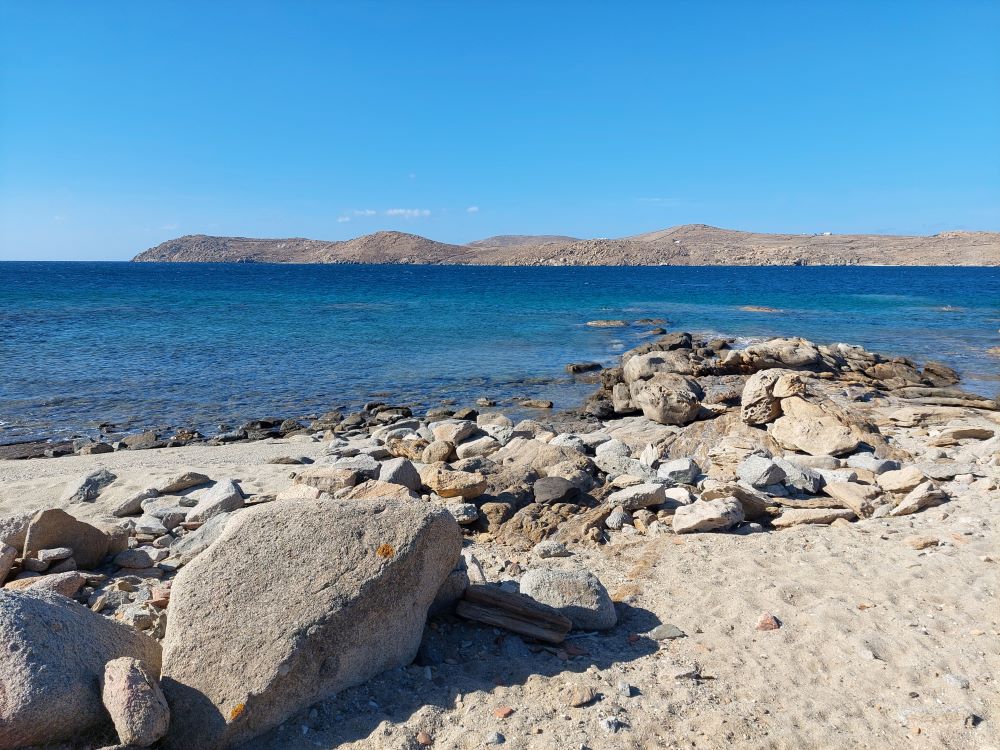
Although the island of Delos was generally considered sacred, particularly during the Delian Independence (314-167 BC), the purity regulations imposed earlier by the Athenians may have been more relaxed. It would suffice to simply remove one from the temenos, not the whole island.
The next destination was Crete. The Asklepieion of Lebena was accessible along a modern road leading into the town of Lendas. With Milena Melfi’s book Il santuario di Asclepio a Lebena in hand, I proceeded to explore the ancient site. It was interesting to observe that some people still place objects in the main temple, as evidenced by the pomegranate carefully placed between the pillars.
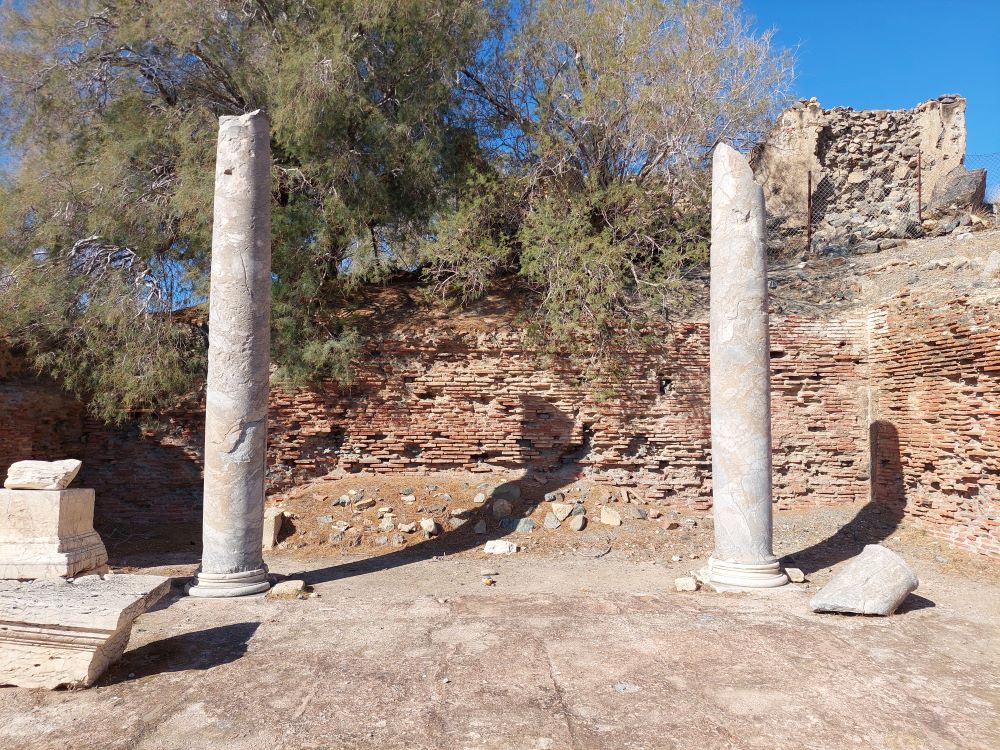
Although this site is relatively well-published, there are always benefits to visiting the sanctuary in person. In particular, when seeking answers to questions regarding human movement, a personal visit to the sanctuary is invaluable. This is because it provides a more accurate understanding of the environment than maps and plans alone. While the maps and plans are of good quality, they do not provide a clear indication of size and surroundings.
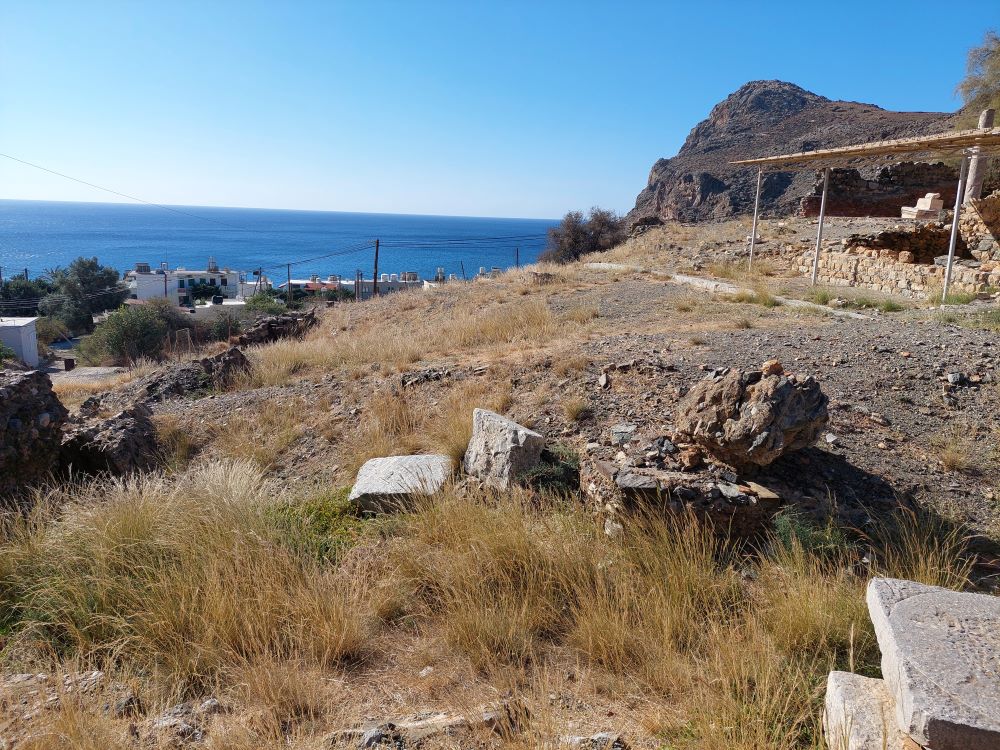
Lissos was more challenging to reach, as it involved a hike that was both picturesque but also somewhat demanding.
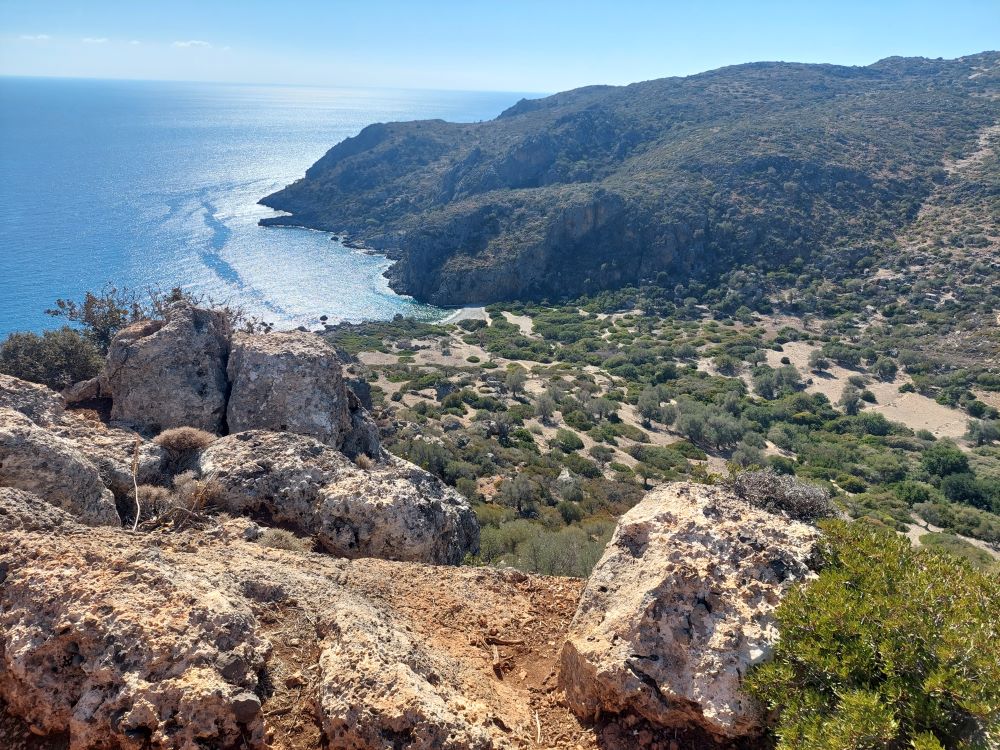
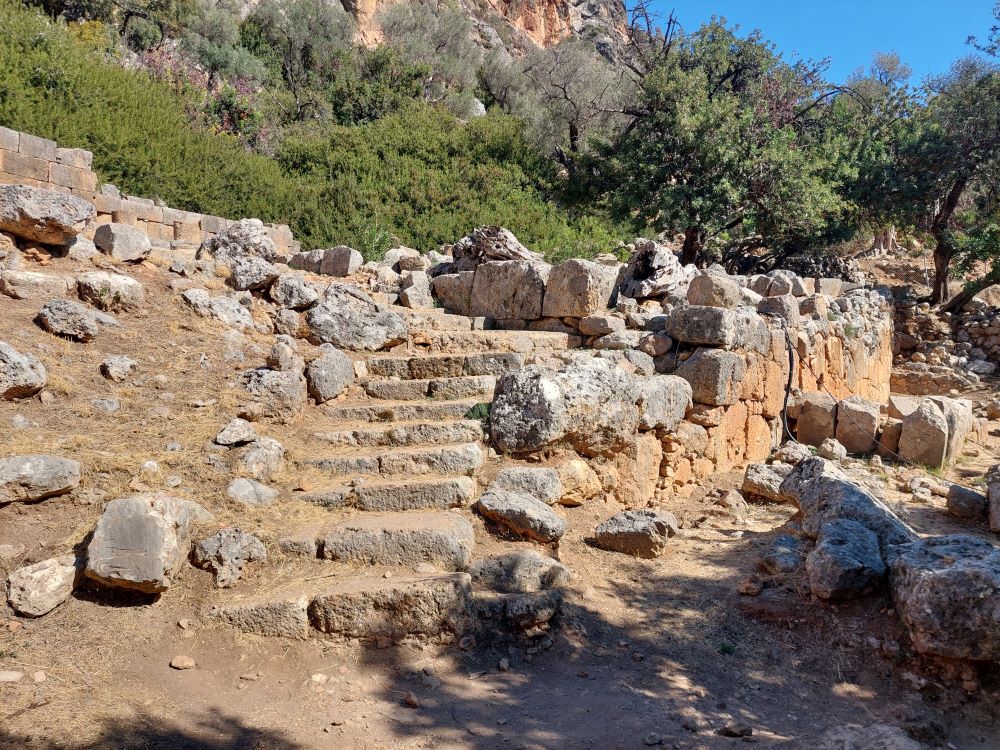
The openness of Lebena (see above) stood in stark contrast to the more confined space offered by the Asklepieion of Lissos Only by taking a photograph from the back of one of the buildings could I attempt to capture a picture of most of the sanctuary. This view would have been impossible in the past due to the walls.
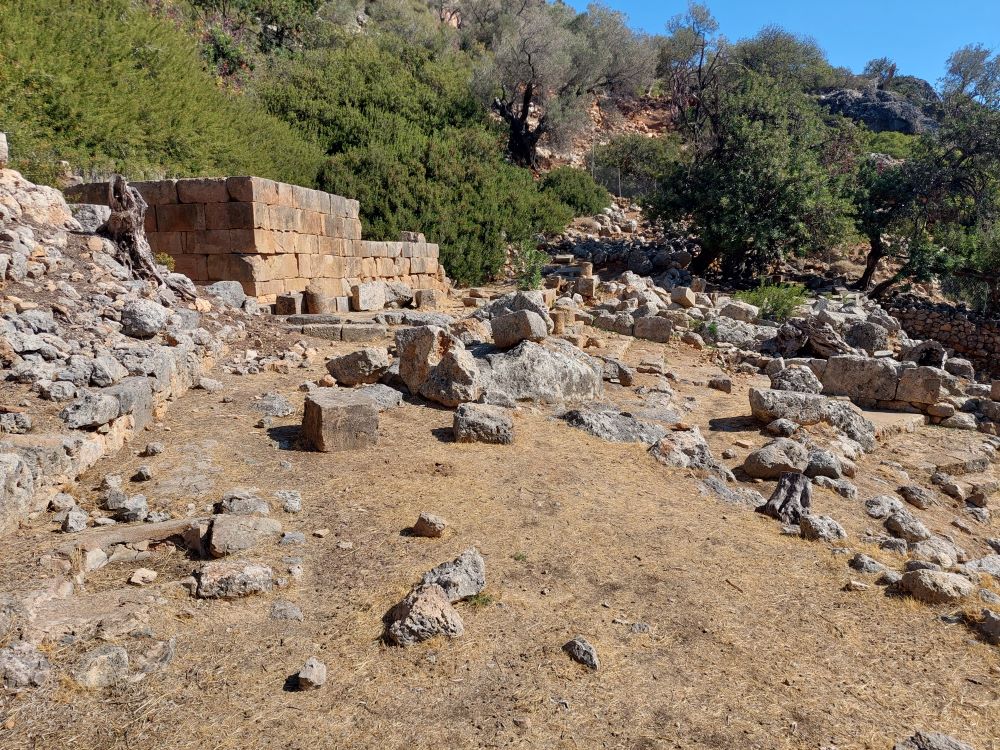
One of the most intriguing aspects of Lissos is the collection of statuettes that were unearthed within the temple, which are now housed in the Museum of Chania. These dedications were placed close to the divine – perhaps something they tried to copy in the Museum. In addition, while it is understood that the walls of this temple were inscribed, it was beneficial to observe them in person. This provided valuable insight into the height at which the inscriptions were located, thereby facilitating a more comprehensive understanding of their visibility in the past.
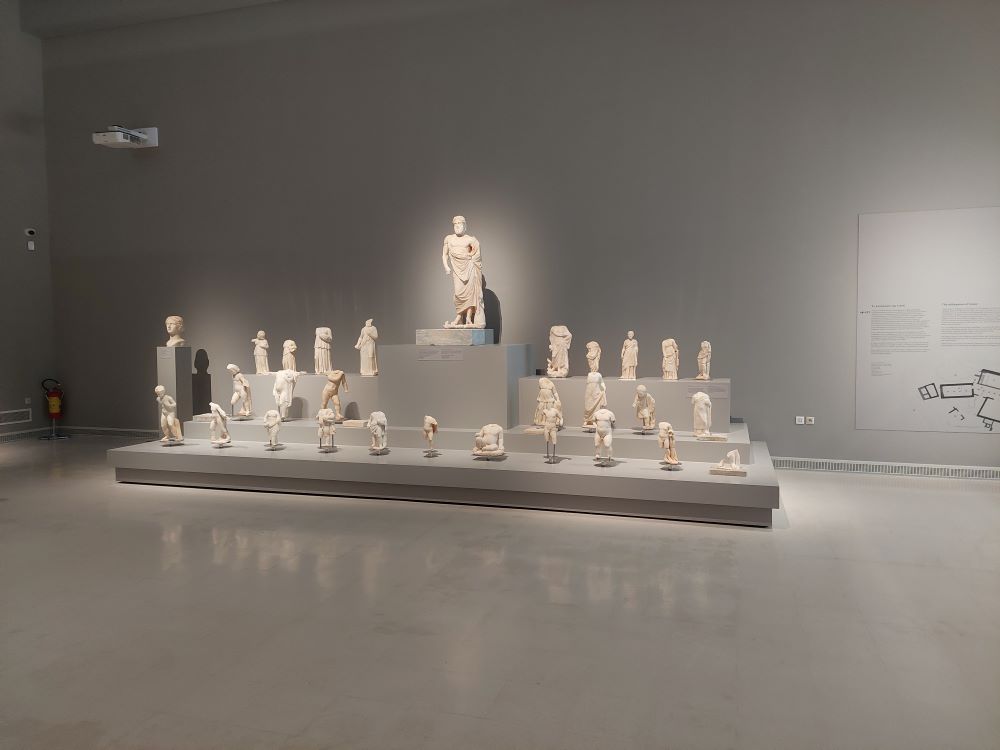
One of the benefits of visiting Crete was the opportunity to engage in “academic tourism”, which allowed me to visit Knossos, Chania, and Gortyna amongst other things.

Leave a Reply